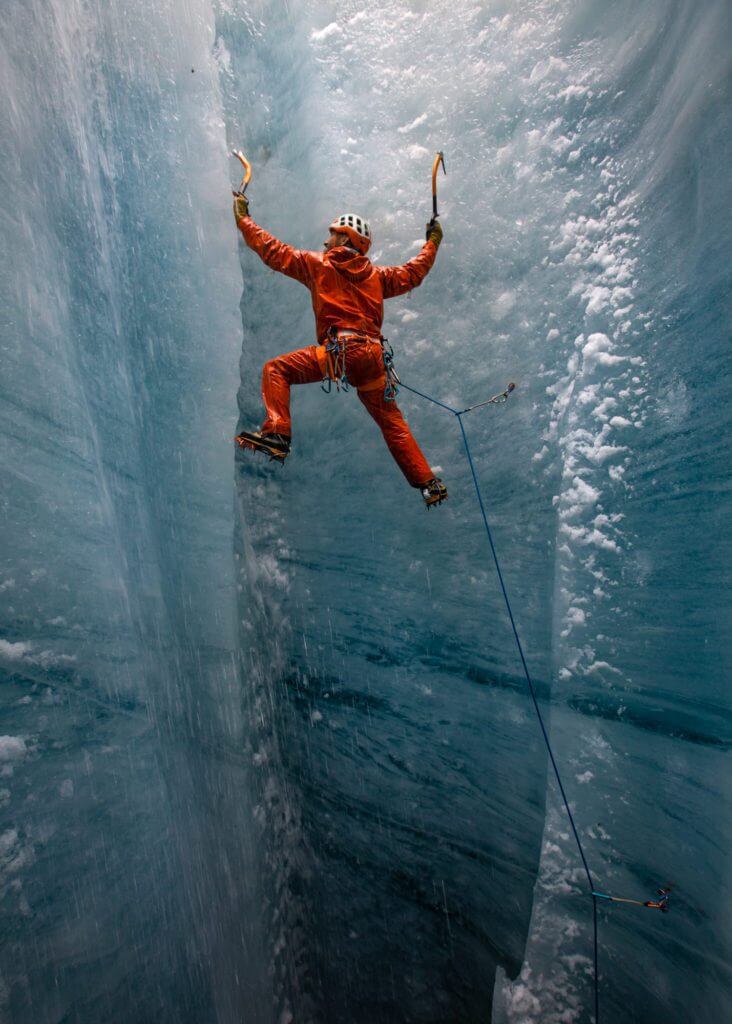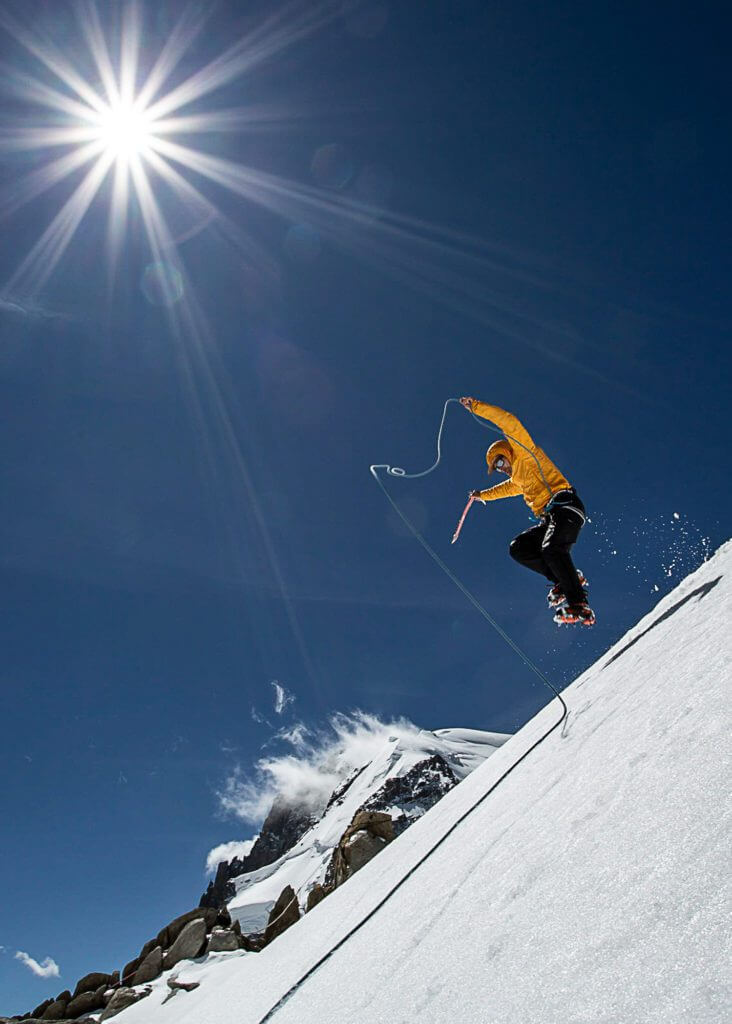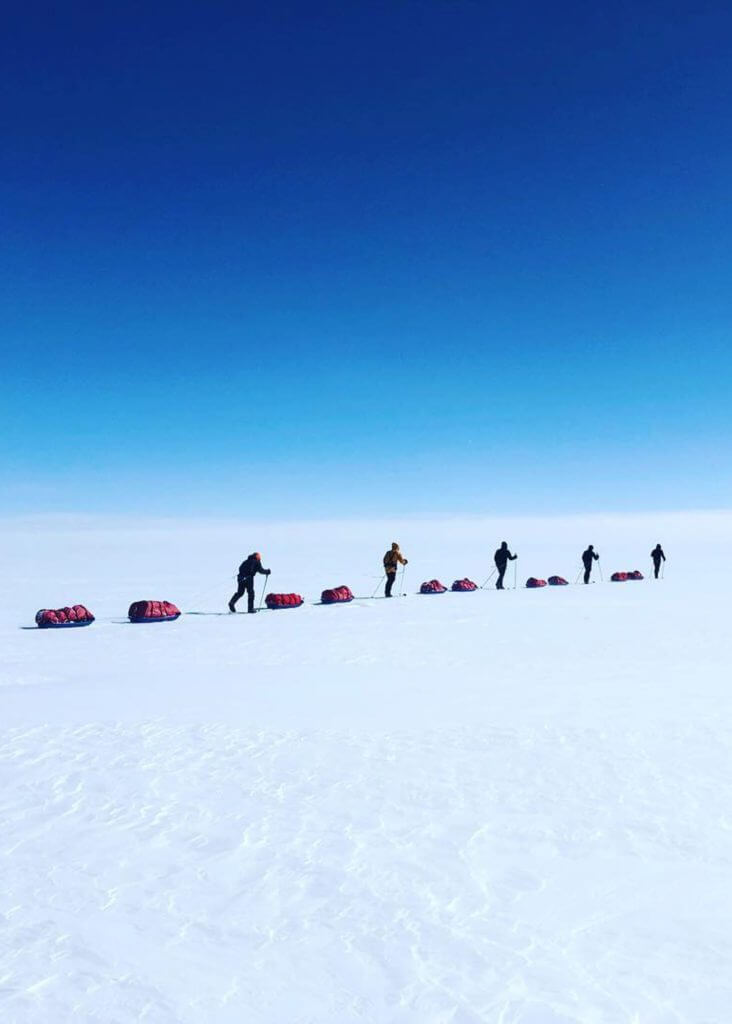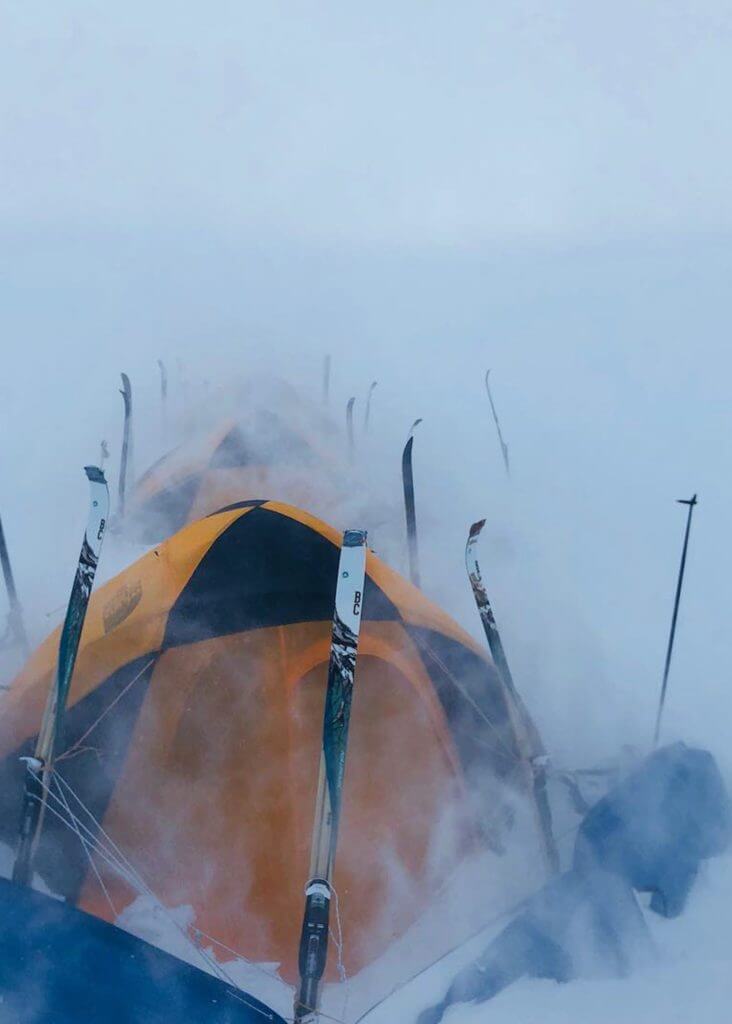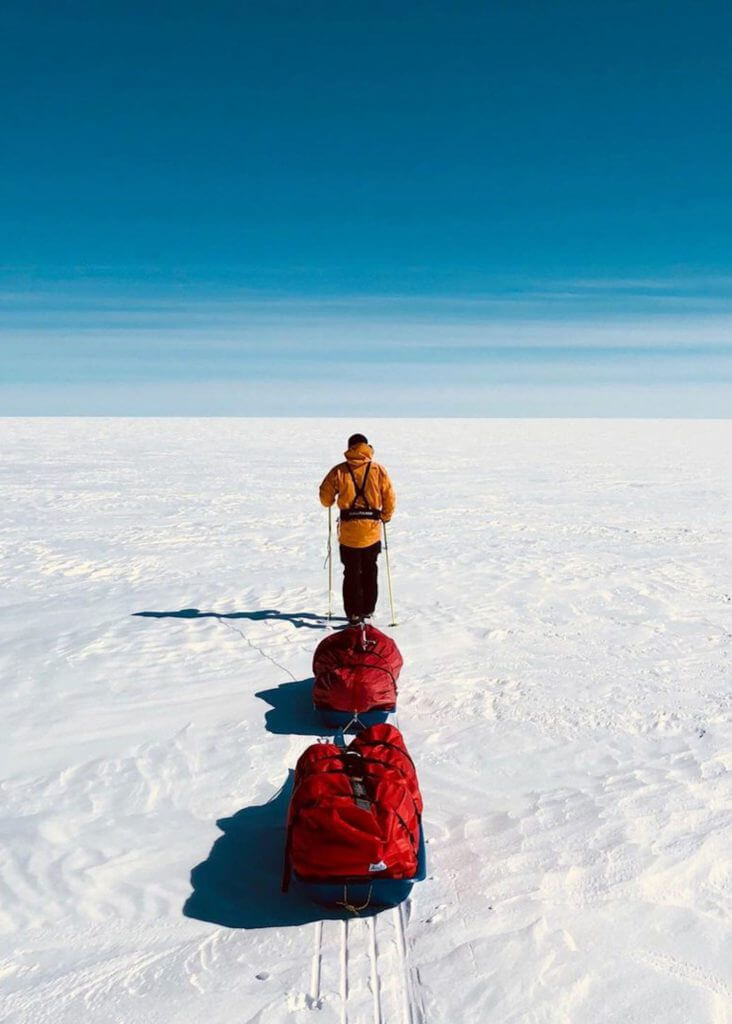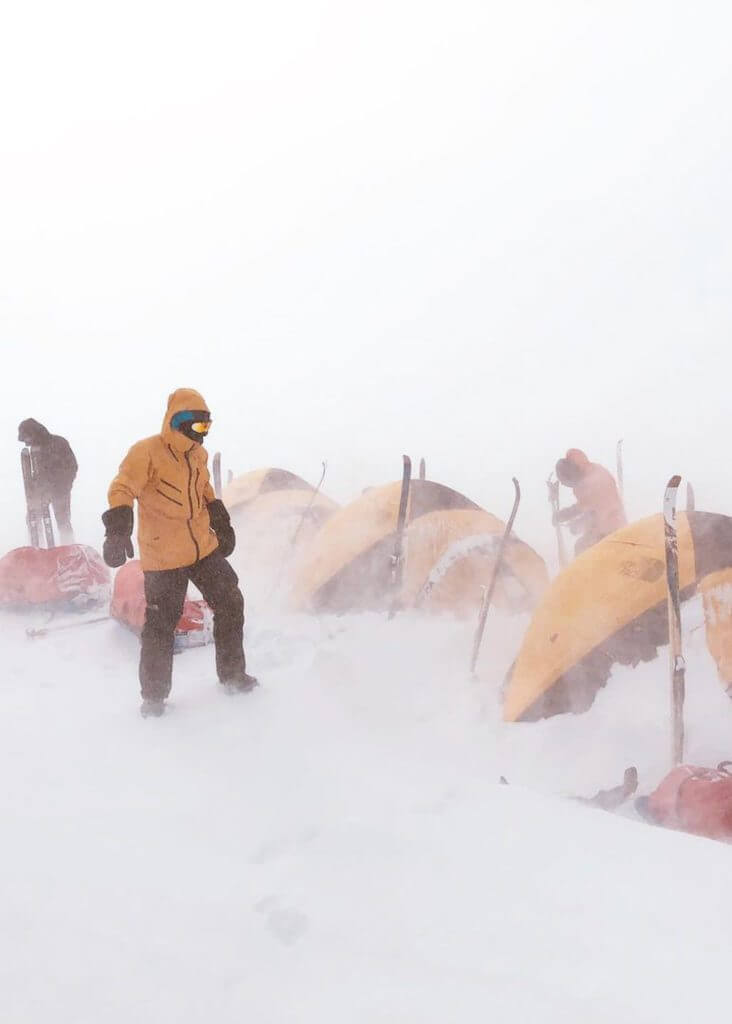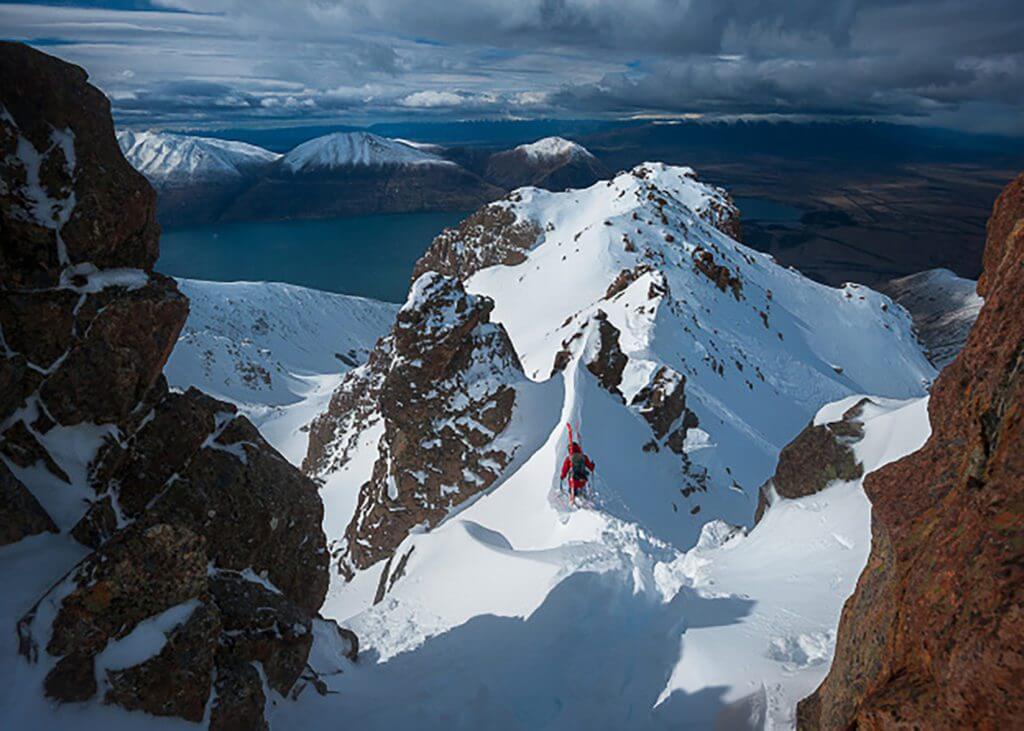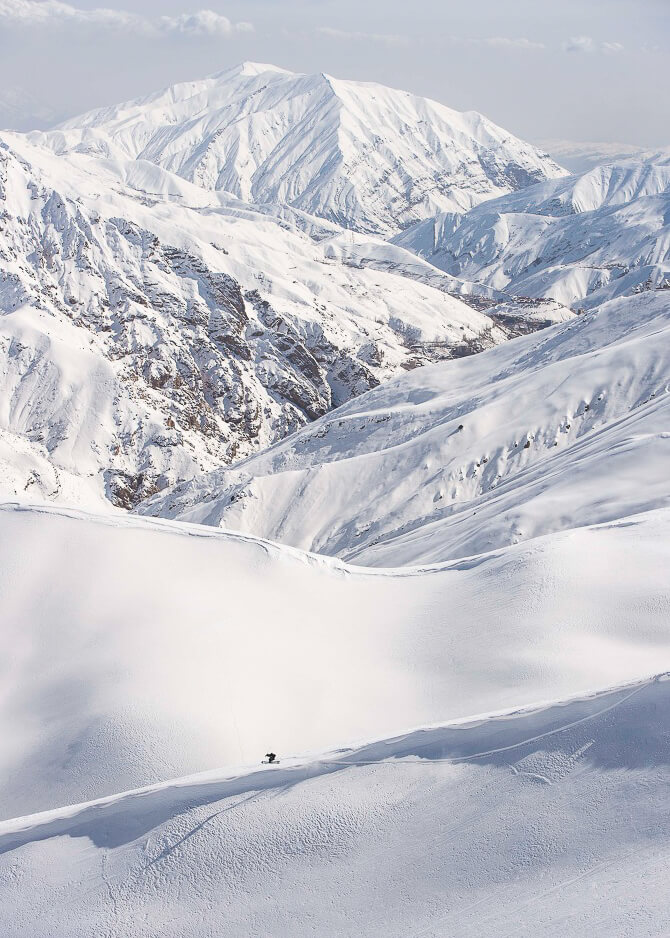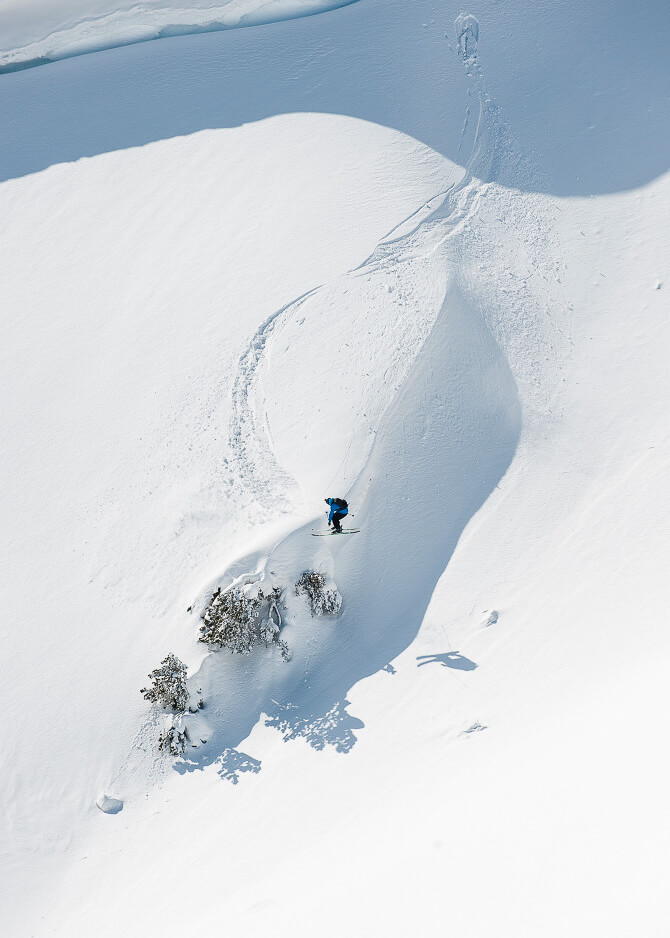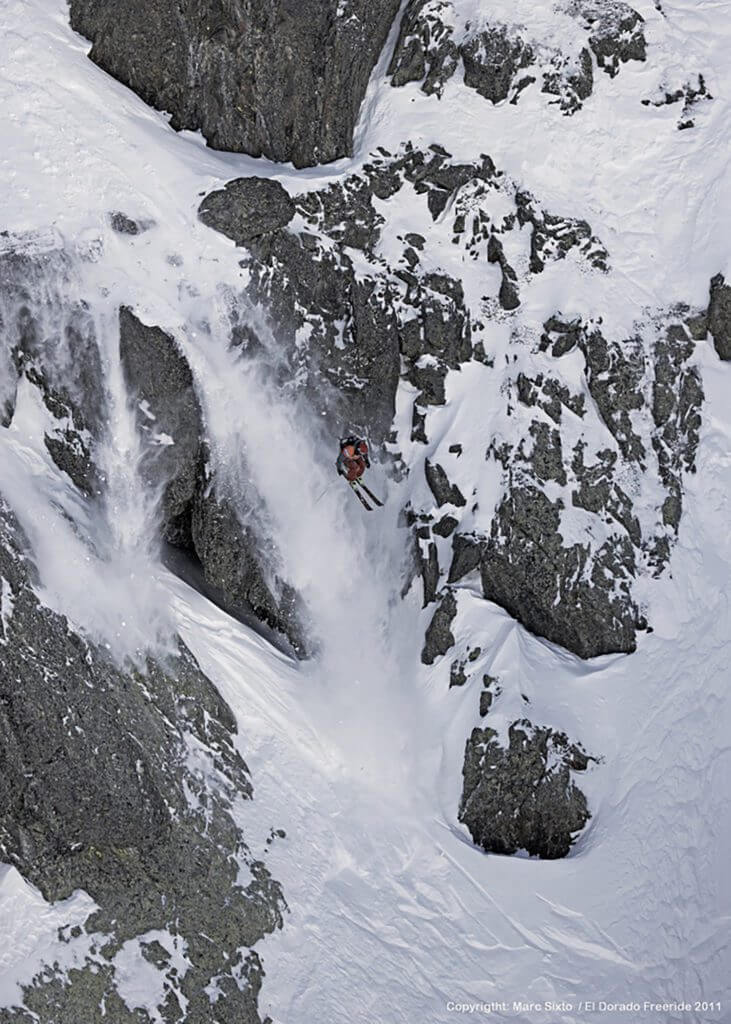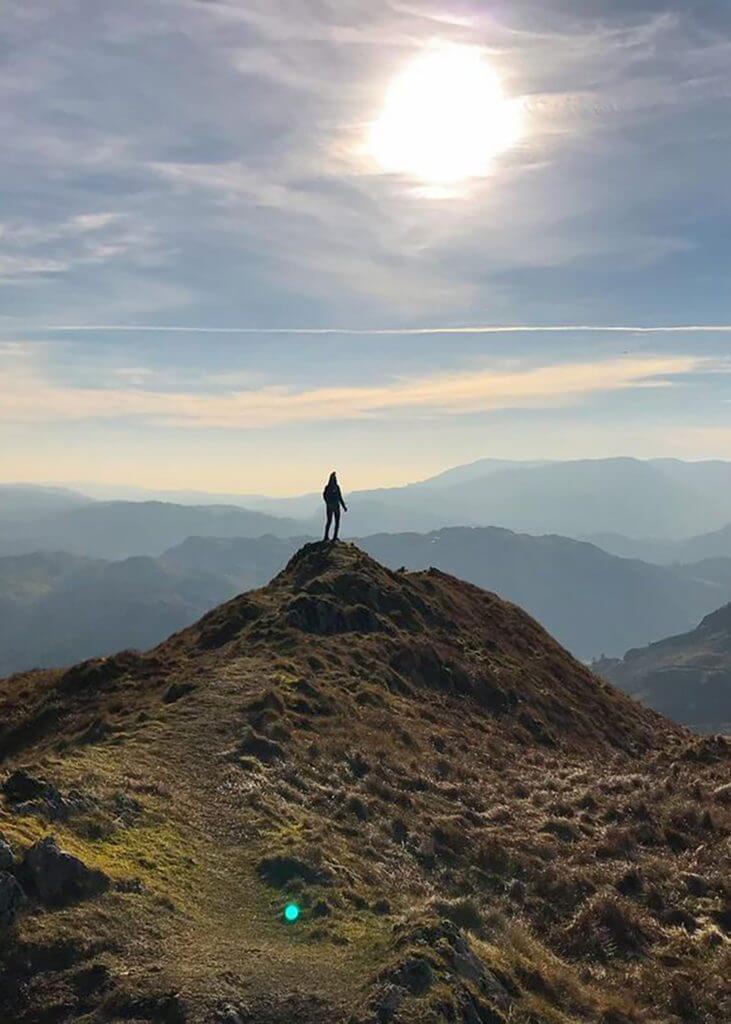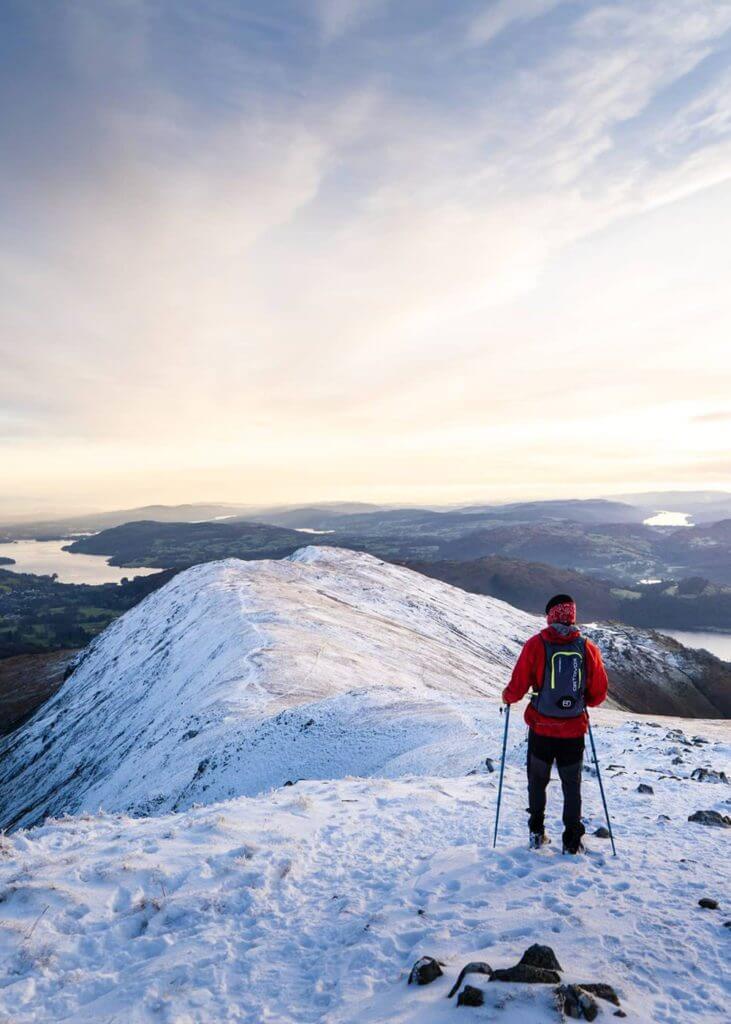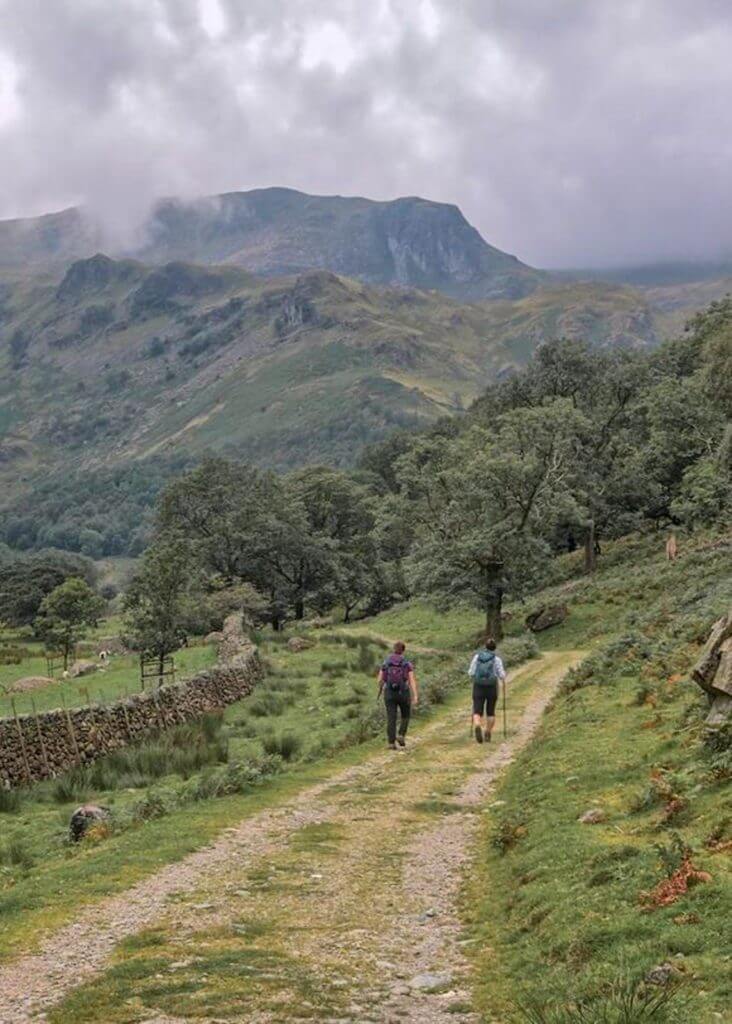Julia Roger-Veyer is a brilliant photographer based in Chamonix.
While listening to her story makes it obvious she was made to be there, her journey is not necessarily a straight path to the mountains. Like a natural call, she made a move in her life and found her inner balance, with a lifestyle much more connected with Nature and the Mountains.
She worked with the famous PGHM in Chamonix and now works with ENSA (École Nationale de Ski et d’Alpinisme) and a professional action photographer.
Follow Julia Roger-veyer on
Growing up in Paris and first contact with Chamonix
Where are you from? Do you come around Chamonix?
I used to be a Parisian (laugh). I was born and grew up in the capital. We had the chance to live in the centre and could benefit from loads of different activities.
My grandparents lived in Savoie, and they spent a lot of their free time in the mountains – they were much more than mountain enthusiasts; they were passionate. In some way, they transferred that passion to me.
I started discovering Chamonix when I turned eleven when my grandparents moved there.
Younger, what was your link with the mountains?
I worked very early in mountain shops – I got my first job around fifteen, I think. In Paris, I registered with a climbing club.
When I turned sixteen/ eighteen years old, I started high alpine mountaineering. I wanted to be autonomous very quickly, so I made every effort to learn as fast as I can!
What did you want to do, professionally speaking?
Younger, I wanted to become a doctor, working with the first rescue team in mountainous environments – I wanted to be on a helicopter (laugh). But, when I reached university, medical studies did not work out for me. I dropped and went to Belgium to follow a training to become a physiotherapist.
Vocation is calling, back to Chamonix
You were far from the mountains. What was the process between Belgium and Chamonix?
Yes indeed! Well, the process was simple. Fairly quickly, I decided to move to Chamonix for good. When I came back, I worked for the shop I used to work at when I was younger!
My mother was supportive in the process, but I remember she was a bit worried (smile).
I had in mind to become a firefighter and do the required tours to become a mountain guide.
At the same time, the gendarmerie platoon was looking for new personnel. I was fortunate enough to get the job, and I did five years with the “PGHM”. It gave me some time to prepare the tours for the guiding training.
Did you do all your routes? Did you apply to become a guide?
I did many of them, but unfortunately, I wasn’t a great skier, and I had some problems with my shoulder, so climbing wasn’t easy for me.
In 2012-2015, I trained to become a nurse. I started working at the hospital and then became a nurse, in 2019, at École Nationale de Ski et d’Alpinisme (ENSA), in Chamonix. It has been my main activity since. It was vital for me to stay in Chamonix. It’s a place I love.
You are also a professional photographer; how did this happen?
My grandfather was taking a lot of photos. I took that from him. I started seriously ten years ago, as a hobby first, then professionally.
Now I have that double hat: nurse and photographer. Being a photographer is fantastic. It leads to meeting so many people; it’s crazy.
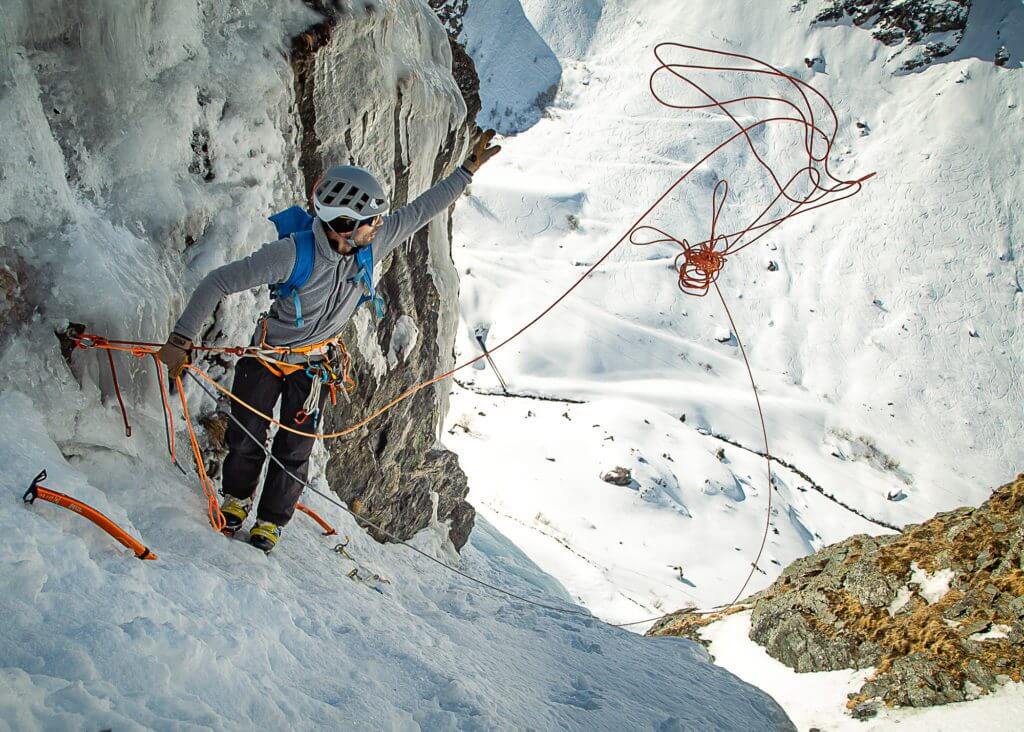
What has been one of your best encounters?
When I was seventeen, I had the chance to meet Isabelle Santoire, a Canadian mountain guide who lives in Chamonix. She has been a role model ever since. She is a very inspiring woman, full of great stories.
A few years back, she helped me when she invited me to join her at an Arcteryx event; it helped me kick start my activities as a photographer.
What happened since then?
Many things! I started a photography club around technique. We also organise a contest. Although I don’t consider myself an “artist” photographer, I would like to launch more arty projects.
Recently, I’ve had the chance to work with the brand Lagoped, which has been excellent.
That’s great. Does your family share some of your passions?
Not at all (smile). All my family lives in Paris. I have two brothers; one is a lawyer, the other one a graphic designer.
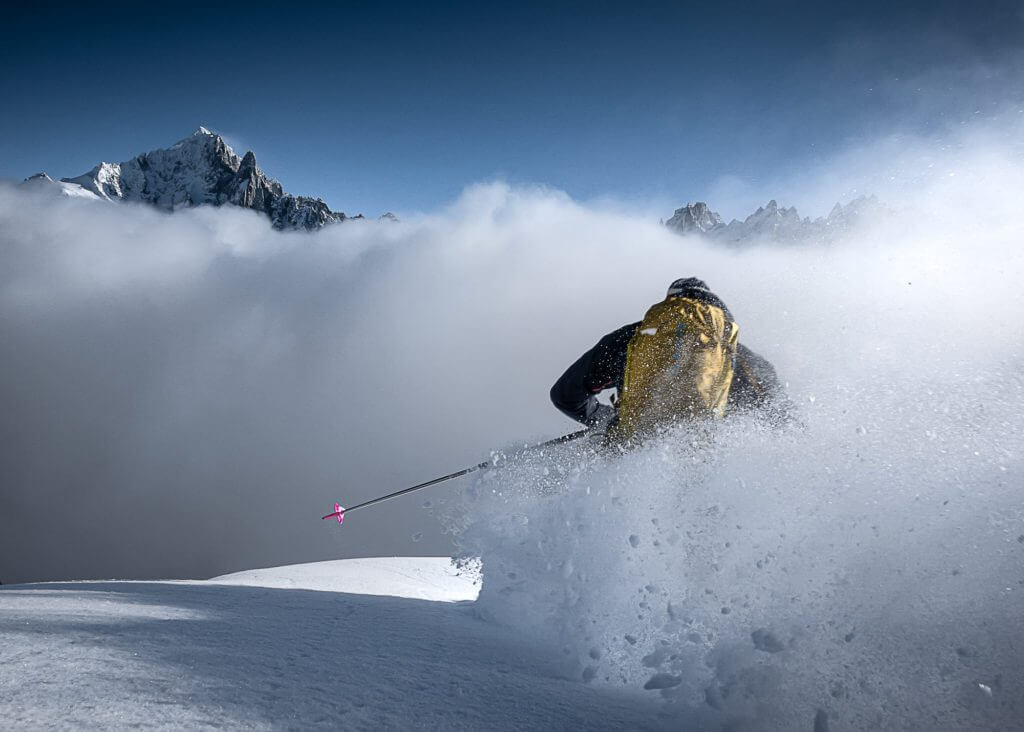
In the end, what motivated you to come and live in Chamonix?
It’s pretty simple, the contact with Nature. I like the fact that I can look through the window and see animals. I like the idea that when my kid comes back from school, they can play in the forest before doing their homework. It gives you this sense of balance in your life.
From your place in the Alps, what can you observe as signs of climate change?
I think the most symbolic one is the Mer de Glace. It’s incredible how much it has melted over the past few years.
More than that, the weather and the temperature are highly erratic. Temperatures can go from -20 degrees one day to zero or even more the other day.

